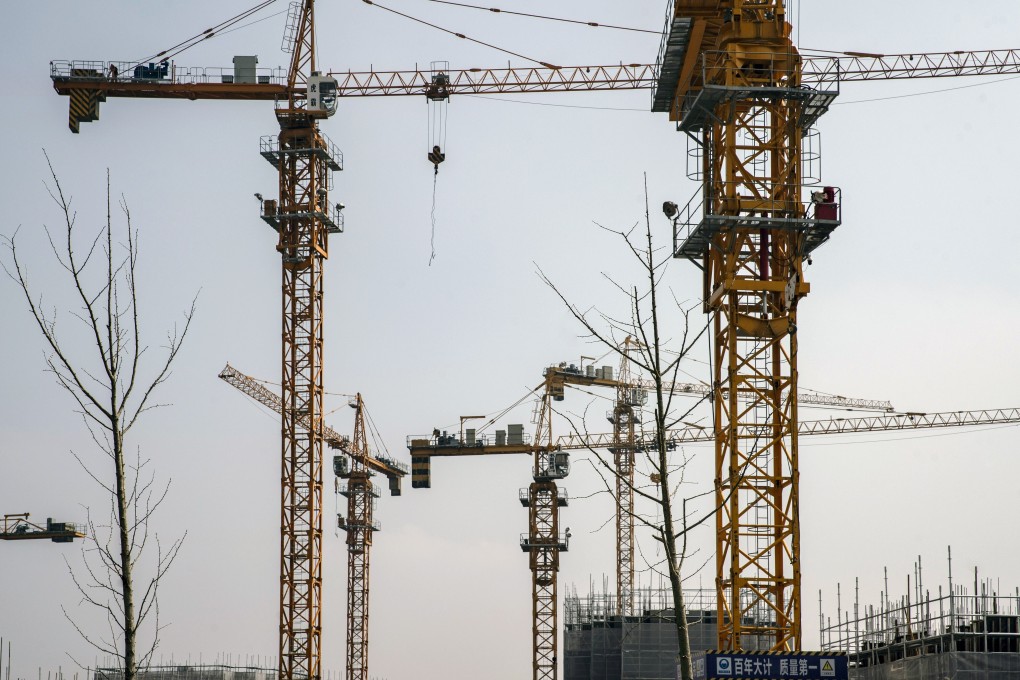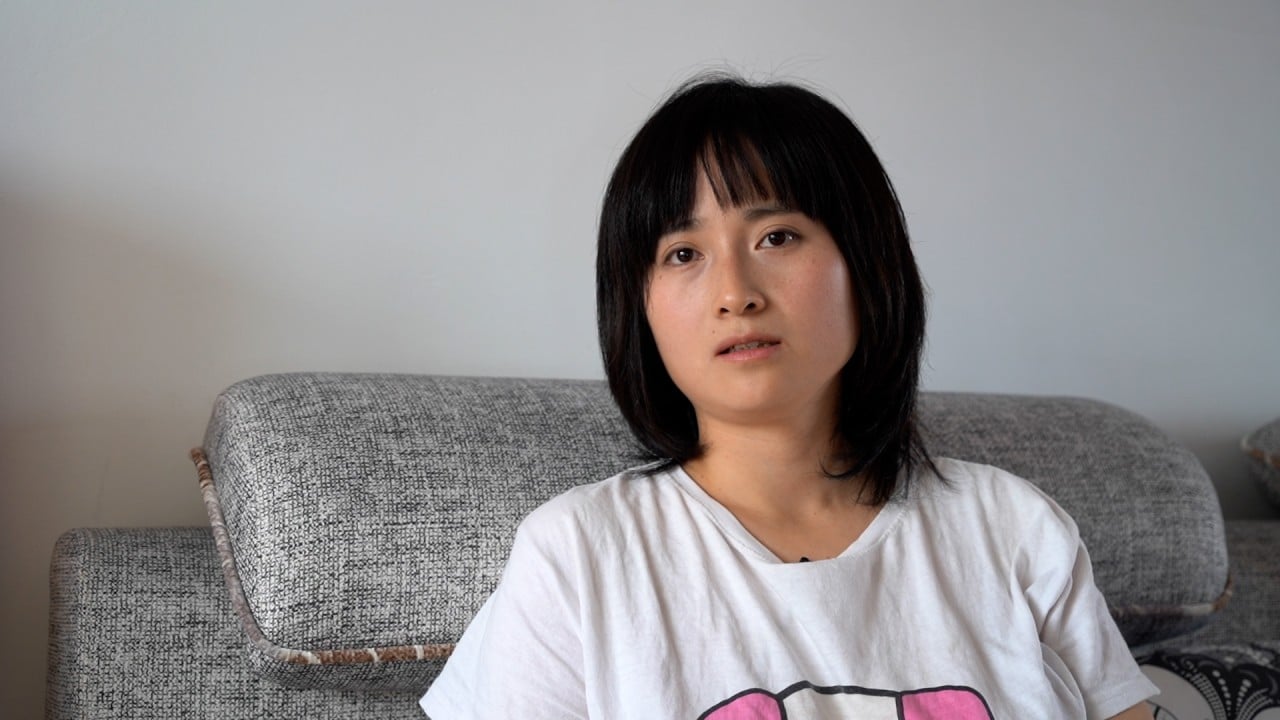What to expect as China’s residential property market seeks a soft landing
- Worsening affordability measures and rising debt levels are signs of an inflating housing bubble. However, an immediate burst seems unlikely
- City prices are likely to remain high and real estate an attractive long-term asset but bond defaults may rise as developers face cash flow stresses

Moreover, credit risk keeps accumulating in the market. According to the People’s Bank of China, new bank loans issued to Chinese households reached 7.9 trillion yuan last year (up 6 per cent from 2019), 75.6 per cent of which were long-term loans mainly for home purchases. There is also evidence that short-term consumer loans and small-business loans were used to buy residential property.
The worsening affordability measures and rising debt levels are signs of an inflating housing bubble. However, an immediate burst seems unlikely. Despite the tremendous increase over the past two decades, Chinese property prices have not (yet) deviated significantly from economic fundamentals in two aspects.
First, from 2000-2020, property prices in tier-1 cities have increased 10-fold, in line with the rise in China’s nominal gross domestic product. Second, in these two decades, China’s overall M2 supply (that is, the money supply sloshing around in the economy) increased at a compound annual rate of 15.6 per cent. Meanwhile, that same rate was 12.1 per cent for average property prices in tier-1 cities and 8.5 per cent nationwide.

08:07
Cheap housing but few economic opportunities for young Chinese in city along Russian border
All this, particularly the simultaneous rise in money supply and property prices, suggests the long-term staying power of China’s real estate as an attractive asset class, buoyed by a strong economy. Hence, the housing price-to-income ratios might remain high as the economy keeps powering ahead and money supply continues to expand.
